Bolivia is witnessing a significant shift in its financial landscape as major international automakers Toyota, Yamaha, and BYD begin accepting Tether (USDT) for vehicle purchases. This move comes amid a severe shortage of U.S. dollars, with the country’s foreign exchange reserves plummeting by 98% since 2014. The adoption of stablecoins like USDT is seen as a strategic response to stabilize the economy and facilitate international trade.
Market Response and Adoption Surge
The integration of USDT into Bolivia’s automotive sector marks a significant milestone in the country’s crypto adoption journey. According to Tether CEO Paolo Ardoino, the acceptance of USDT by these major automakers reflects a growing trend of businesses seeking alternatives to traditional fiat currencies.
In the first half of 2025, Bolivia experienced a 630% increase in crypto transactions, reaching a total value of \$294 million, as reported by the Central Bank of Bolivia. This surge indicates a shift towards digital currencies as a preferred medium of exchange, particularly in high-value industries such as automotive sales.
Regulatory Developments and Institutional Support
Bolivia’s regulatory environment has evolved to support the integration of cryptocurrencies into the financial system. In June 2024, the country lifted its decade-long ban on crypto transactions, allowing banks to process Bitcoin (BTC) and stablecoin payments.
Following this change, Banco Bisa launched custodial services for USDT in October 2024, providing a secure platform for digital asset storage and transactions. These regulatory reforms have paved the way for increased adoption of stablecoins as a reliable alternative to the depreciating boliviano.
Economic Implications and Strategic Perspective
The adoption of USDT by major automakers and businesses in Bolivia underscores the growing reliance on stablecoins to navigate economic challenges. With foreign exchange reserves dwindling and inflation concerns mounting, both the Bolivian government and private sector are turning to digital assets as a means of preserving liquidity and ensuring operational stability.
The Central Bank of Bolivia has recognized stablecoins as a “viable and reliable alternative” to fiat currencies, emphasizing their potential to mitigate the effects of currency devaluation. For investors, this shift signals an important case study of how emerging markets may turn to blockchain-based solutions under macroeconomic stress.
Looking Ahead
The trajectory of crypto adoption in Bolivia will depend on continued regulatory support, technological advancements, and public confidence in digital currencies. As the country moves towards a more digital economy, stakeholders will closely monitor developments in blockchain infrastructure, financial inclusion initiatives, and international partnerships to assess the long-term sustainability of this transformation.

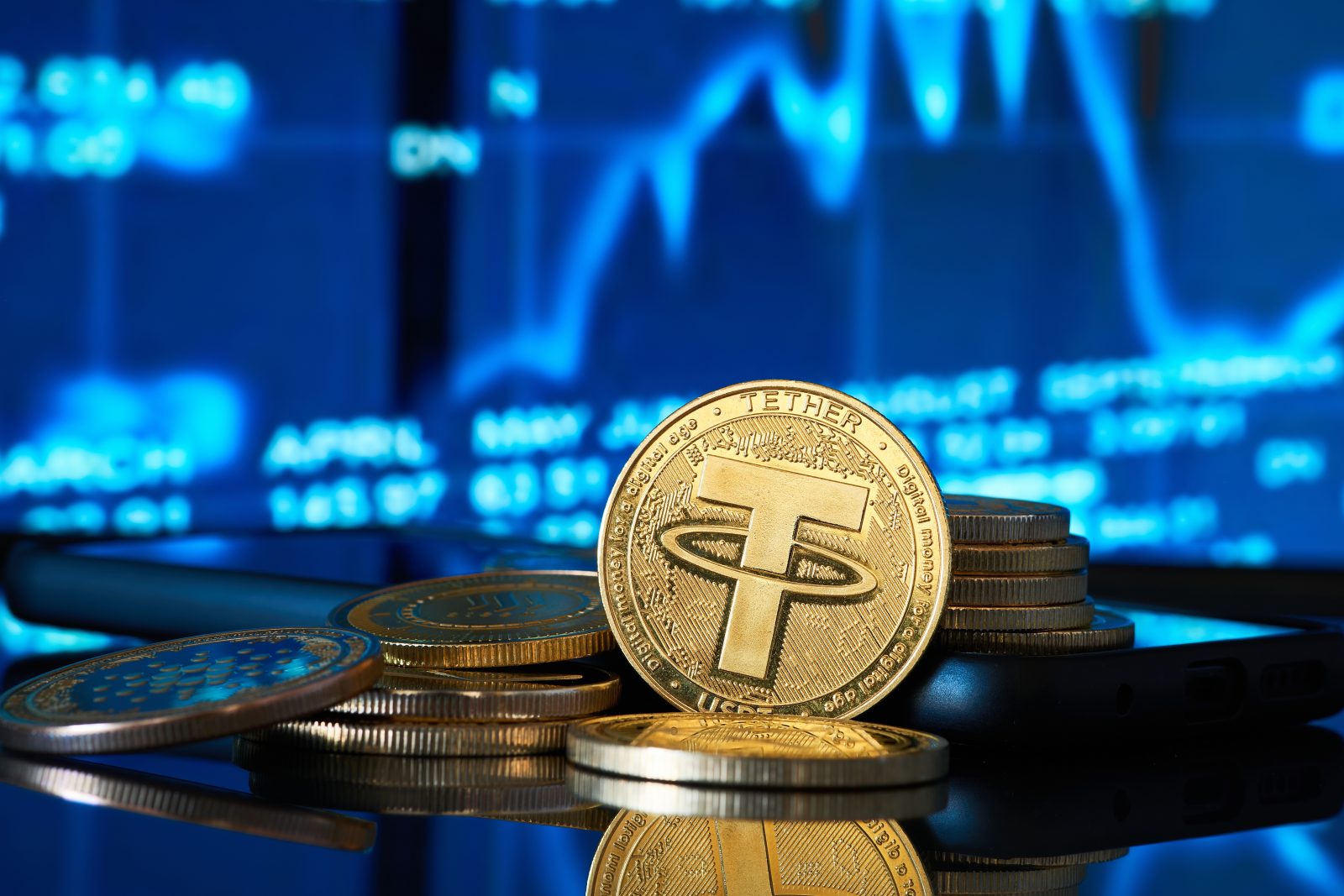


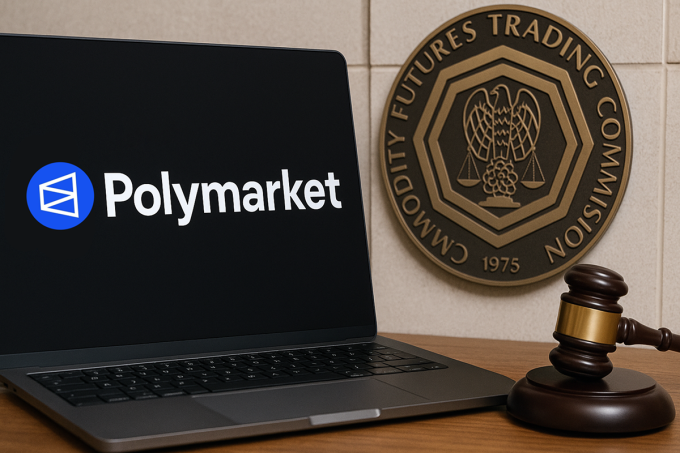
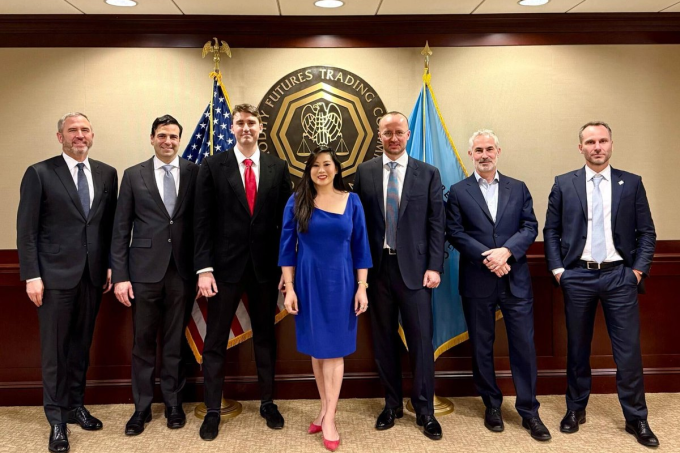

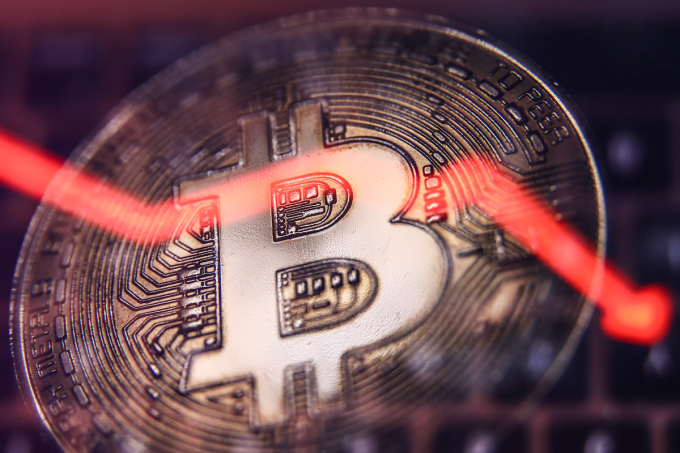
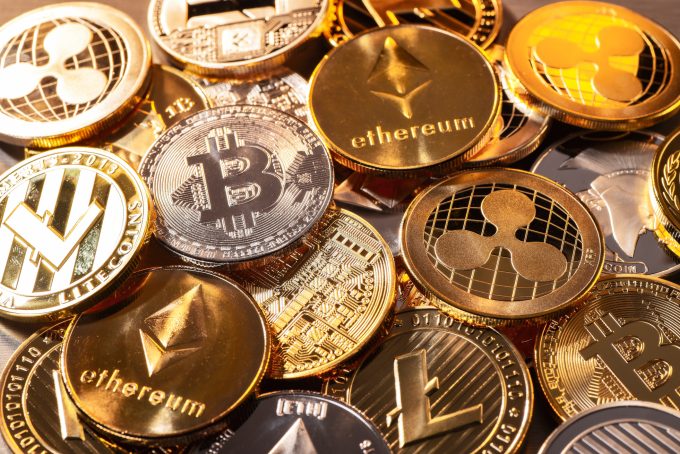




https://shorturl.fm/Sm1p6
https://shorturl.fm/ayD3S